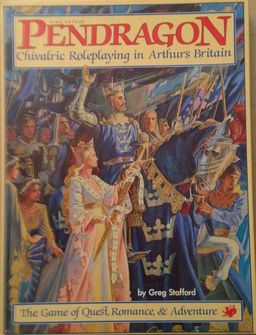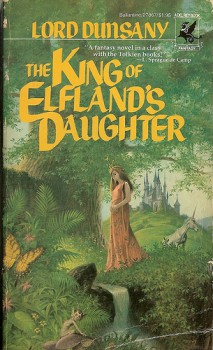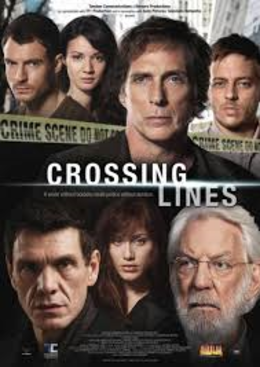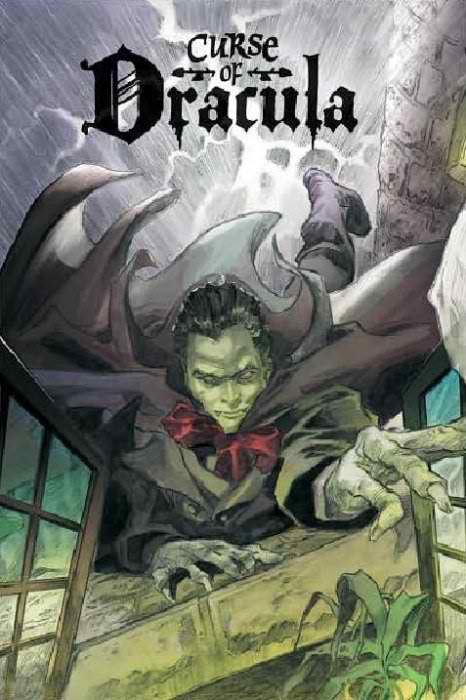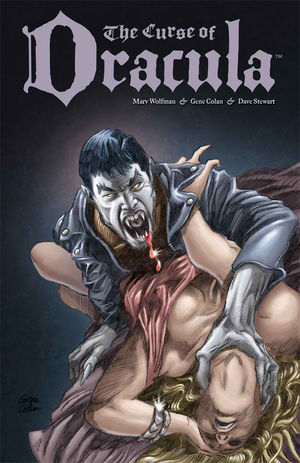Goblins, Demons, Zombies and Fights Aplenty: A Review of The Blue Blazes
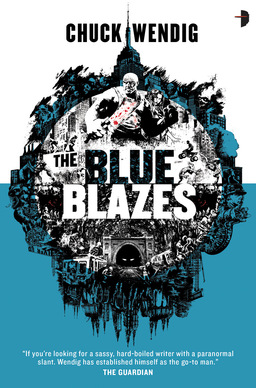 In this quickly changing Internet-obsessed publishing market, Chuck Wendig has shown himself to be a successful and versatile writer as a game designer, a screenwriter, and as a novelist as well. He is also known for some helpful books on how to be a better writer. The man also knows what makes a good author website!
In this quickly changing Internet-obsessed publishing market, Chuck Wendig has shown himself to be a successful and versatile writer as a game designer, a screenwriter, and as a novelist as well. He is also known for some helpful books on how to be a better writer. The man also knows what makes a good author website!
Besides his many authorial talents, I first heard about Wendig from buzz concerning his Miriam Black series and their cool covers from Angry Robot. Unfortunately, I haven’t read any of those yet. You know how it is with that “to read” pile or compiled list at Goodreads.com.
But then I saw the following blurb from Adam Christopher concerning a new upcoming book from Wendig:
The Blue Blazes is exactly my kind of supernatural mob crime novel: dark and visceral, with an everyman hero to root for and Lovecraftian god-horror to keep you awake at night… this is the good stuff, right here.
Noir-ishness and Lovecratian horror? Sold! I immediately bought my first Wendig novel and began to devour The Blue Blazes upon receiving.
This book centers upon the character Mookie Pearl, a big-fisted lug who works for a crime syndicate in modern day (or possibly near future) New York City. Mookie is not a regular wiseguy though. He mainly works in the Underworld — no, not the usual euphemism for organized crime. Mookie works in the Underworld: a place crawling with the undead and monsters, some of which have come in contact with the regular world, though often staying down in the tunnels and caves below New York.
Though Mookie is built like a tank, he also has access to a special underworld drug called “blue blazes” — a blue powder that, when rubbed on one’s temples, turns you into something of a superhuman. Given Mookie’s build, it seems to turn him into a non-green version of The Incredible Hulk.
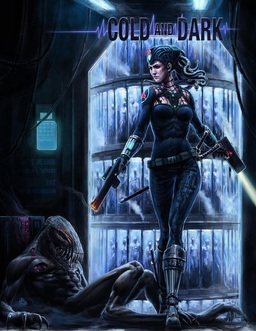
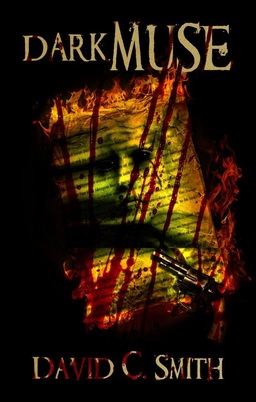
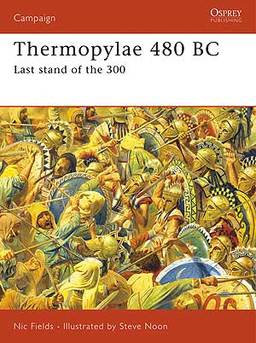


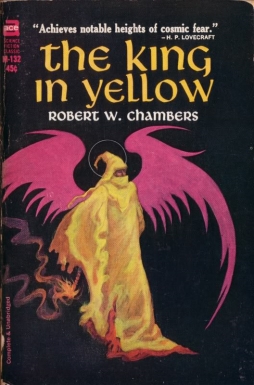 October draws to a close and so it’s time to turn to horror and the supernatural, to the weird tale and the things that cannot be known. Today, I want to look at one of the founding classics of the weird, Robert W. Chambers’s collection of linked short stories, The King in Yellow. Published in 1895, it was celebrated by H.P. Lovecraft, who used some of the book’s ideas in his Cthulhu mythos; in fact, the book’s inspired a mythos of its own, complete with
October draws to a close and so it’s time to turn to horror and the supernatural, to the weird tale and the things that cannot be known. Today, I want to look at one of the founding classics of the weird, Robert W. Chambers’s collection of linked short stories, The King in Yellow. Published in 1895, it was celebrated by H.P. Lovecraft, who used some of the book’s ideas in his Cthulhu mythos; in fact, the book’s inspired a mythos of its own, complete with 